Blood samples of lipemia caused by chylomicrons can be cleared using the Lipemic Serum Clarification System from Beckman Coulter. Chylomicrons are fat particles, 80–500nm in diameter, that affect the accuracy of the results obtained from spectrophotometric analyses.
Chylomicrons are particularly visible in serum after people have eaten a fat-rich meal, although they can also be observed in 1% to 3% of sera obtained from people who have fasted.
When these lipids are present in samples, accurate spectrophotometric analysis results are almost impossible to obtain. Light is strongly scattered by the particles, which increases absorbance readings and causes significant overestimation of the values.
Fat particles also displace aqueous volume and increase the viscosity of serum, leading to slight underestimation of concentrations.
Conventional centrifugation, filtration, and extraction methods are often used to try and decrease these errors. However, these solutions are time consuming, require too much sample and result in denaturation or adsorption problems.
A better solution is offered by Beckman Coulter’s Lipemic Serum Clarification System, which is incredibly simple and fast.
The system involves a special rotor with disposable liners and a tabletop Airfuge Ultracentrifuge and completes the job with a 10-minute spin (Figures 1 and 2).
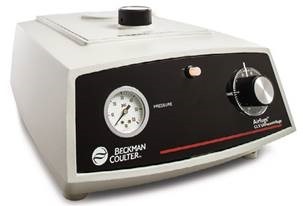
Figure 1. Airfuge CLS Ultracentrifuge. Image credit: Beckman Coulter
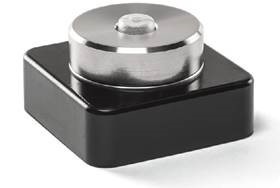
Figure 2. Chlyomicron Rotor with polyethylene liner and rotor stand. Image credit: Beckman Coulter
System Components
The polyethylene liner is composed of two concentric chambers, a doughnut-shaped outer chamber and an inner chamber shaped like an inkwell, with a hole at the top for pipetting samples in and out of the liner.
There are two polyethylene liners available: the 2.4 mL liner that yields 1.5 mL of clarified serum and a 3.5mL liner that yields 2.6mL of clarified serum. The rotor has an anodized base designed to completely support both the chambers of the plastic liner.
The cover is made of stainless steel and has an opening on top, through which protrudes the dome of the inner chamber with the sample access hole.
The cover is screwed down on the rotor base, which compresses the liner and seals the outer chamber from the inner one. The system components are depicted in Figures 3, 4, and 5.
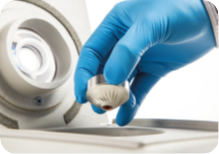
Figure 3. The ability of the Airfuge ultracentrifuge to spin small samples at high g-forces makes it ideal for clarifying lipemic samples. Powered by ordinary laboratory air pressure, the ultracentrifuge accelerates to speed in just 60s. Tiny air jets levitate and accelerate the rotor. Turbine flutes machined on the bottom of the rotor provide the driving surface for the air jets. Image credit: Beckman Coulter
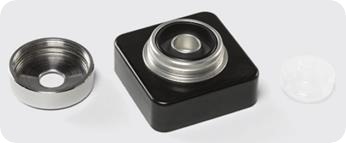
Figure 4. The rotor stand, molded to the shape of the rotor, supports the rotor while it is being loaded and unloaded, and immobilizes the rotor base while the rotor is being screwed on or off. Image credit: Beckman Coulter
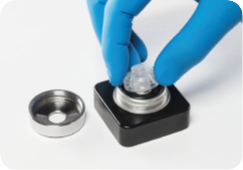
Figure 5. The base of the rotor is designed to completely support both chambers of the liner during centrifugation. Image credit: Beckman Coulter
How the System Works
Flow is allowed between the two chambers during centrifugation when the inner chamber is forced downward. The low-density fat particles float to the center of the roter, where the centrifugal force is lowest.
As the rotor is decelerated, the outer chamber is sealed off again by compression, which isolates the fatty concentrate in the inner chamber. The fatty liquid portion is removed from the inner chamber with the rotor cover screwed down.
The cover is removed so that the clarified serum can be collected from the outer chamber. The system not only clarifies the lipemic serum, but can also be used to remove fatty particles from tissue homogenates and other bodily fluids.
In addition, it works well for other applications where the material of interest can be isolated by floatation during centrifugation. The procedure is explained in Figure 6.
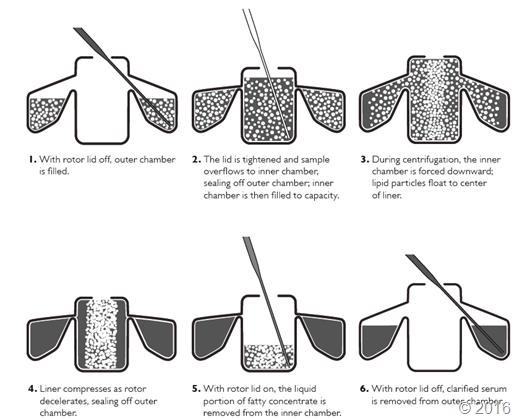
Figure 6. The procedure. Image credit: Beckman Coulter
Chylomicron Rotor Specifications
The following table lists the specifications of the Chylomicron Rotor:
|
Liner
|
Max. Speed
|
Max. Force
|
Liner Volume
|
Approx. Accel. Time
|
Approx. Decel. Time
|
Required Airflow Rate
|
|
2.4mL
|
90,000rpm
± 4,000
|
rmin 27,000 x g
rav 67,000 x g
rmax 107,000 x g
|
Total 2.4mL
Inner Chamber 0.9mL
Outer Chamber 1.5mL
|
1min
|
2.5 - 5min
|
3.5 cubic ft. per minute (0.0016m3/s) at 42 psi (290 kPa)
|
|
3.5mL
|
90,000rpm
± 4,000
|
rmin 27,000 x g
rav 75,000 x g
rmax 122,000 x g
|
Total 3.5mL
Inner Chamber 0.9mL Outer Chamber 2.6mL
|
1min
|
2.5 - 5min
|
3.5 cubic ft. per minute (0.00163/s) at 42psi (290kPa)
|
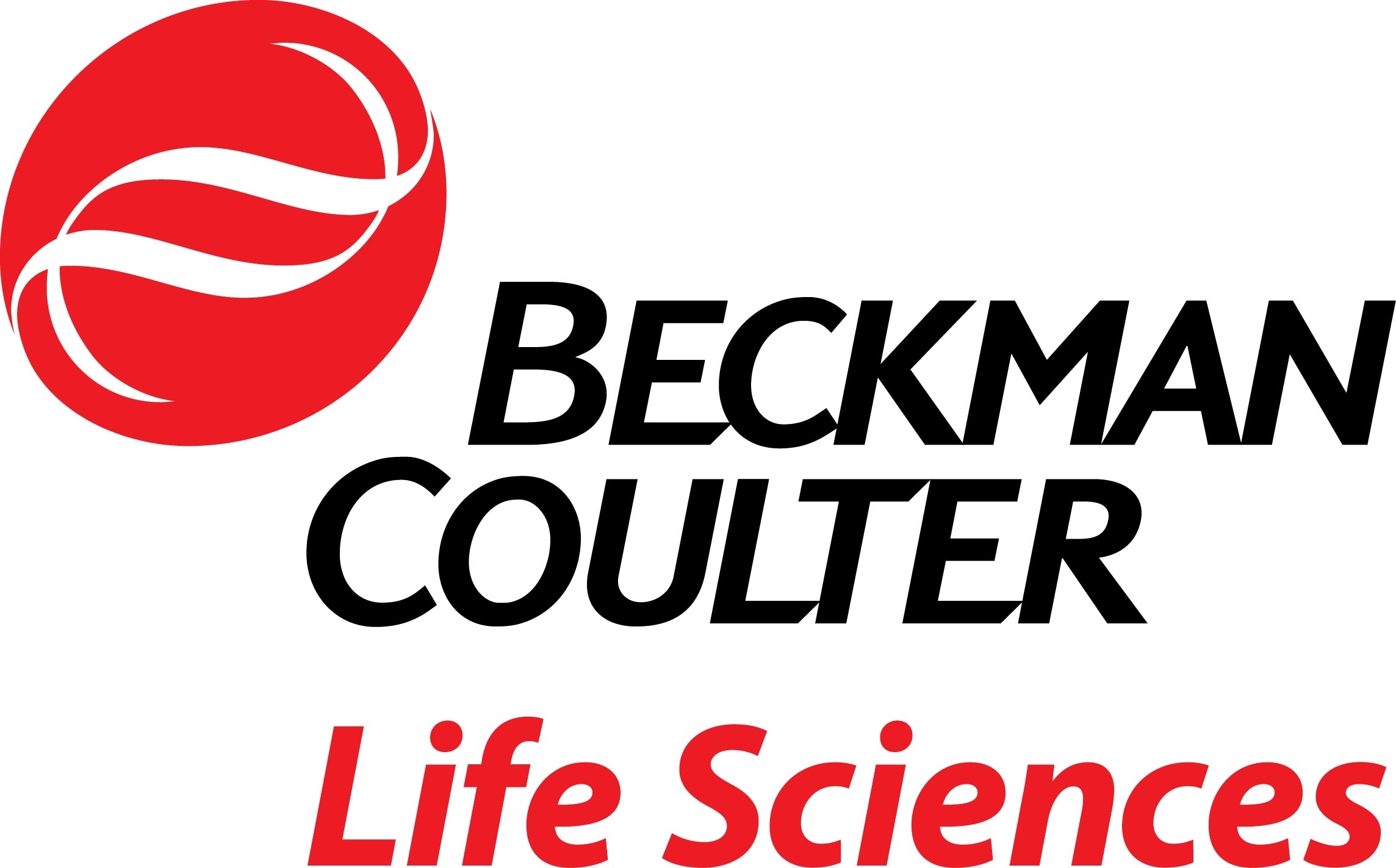 About Beckman Coulter
About Beckman Coulter
Beckman Coulter develops, manufactures and markets products that simplify, automate and innovate complex biomedical tests. More than a quarter of a million Beckman Coulter instruments operate in laboratories around the world, supplying critical information for improving patient health and reducing the cost of care.
Sponsored Content Policy: News-Medical.net publishes articles and related content that may be derived from sources where we have existing commercial relationships, provided such content adds value to the core editorial ethos of News-Medical.Net which is to educate and inform site visitors interested in medical research, science, medical devices and treatments.